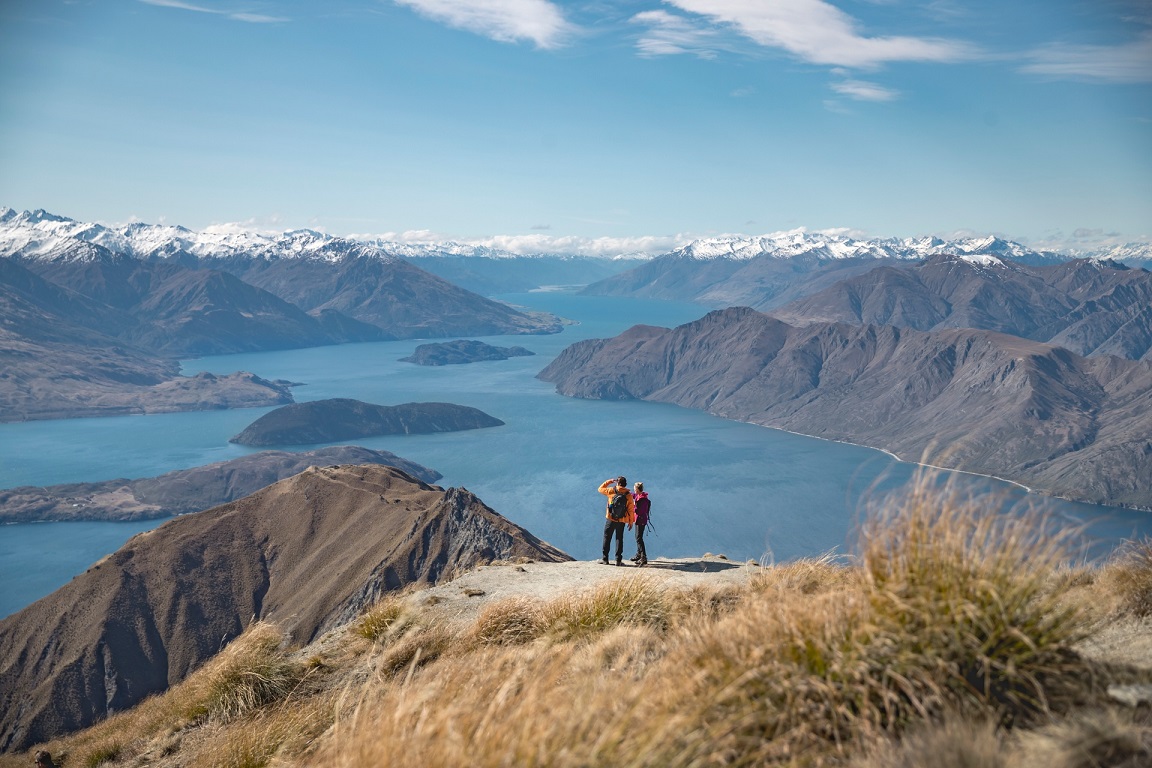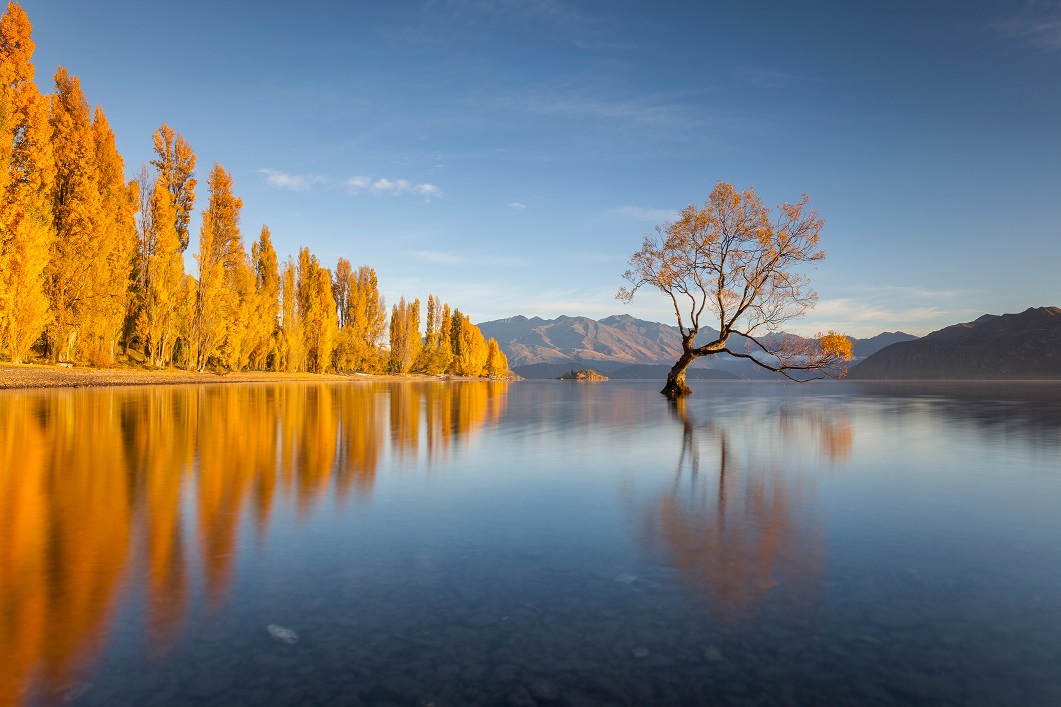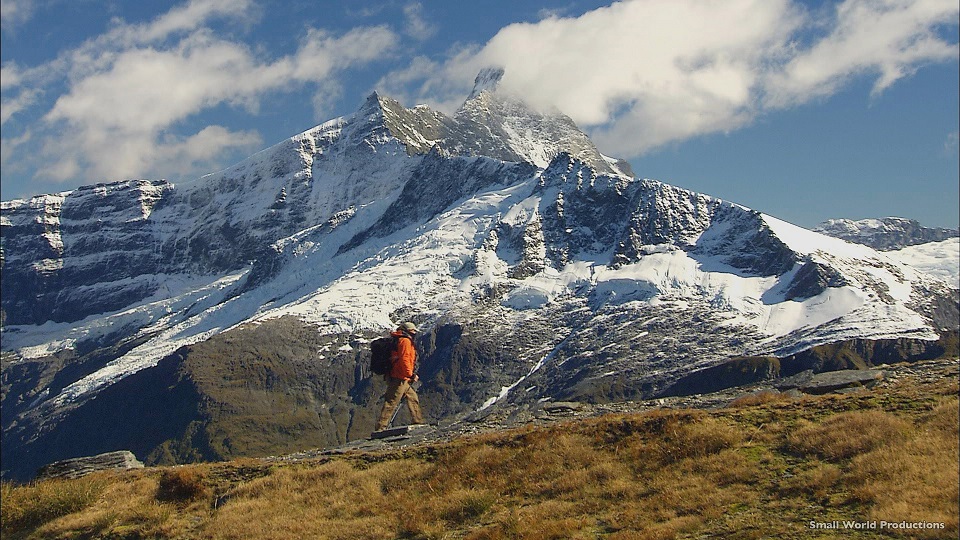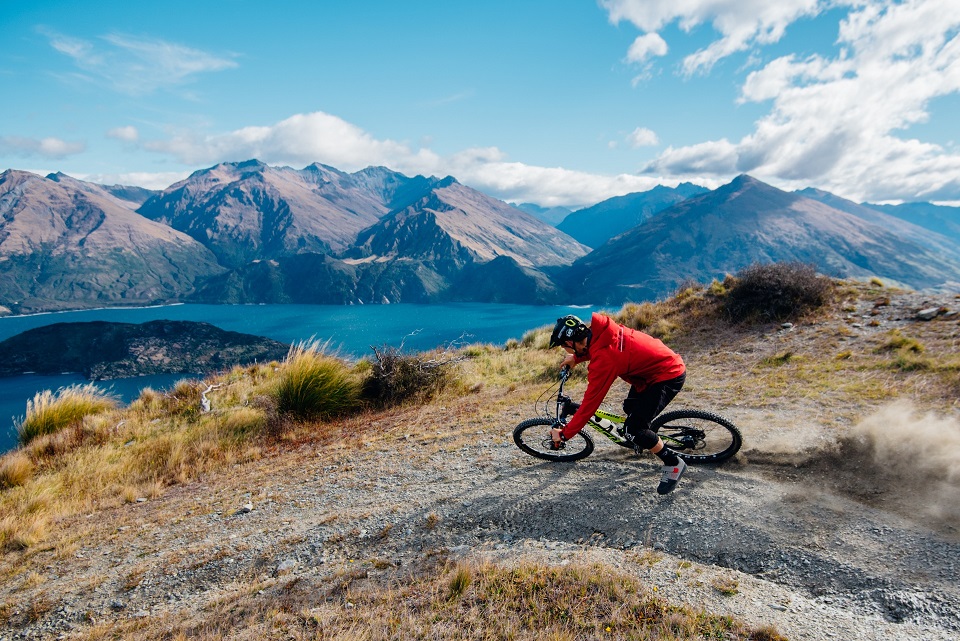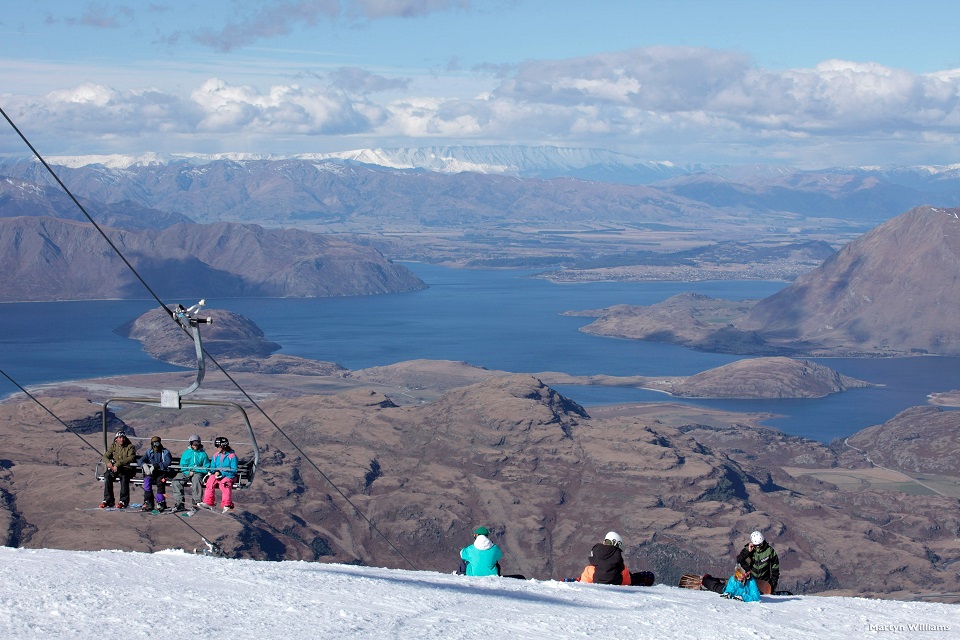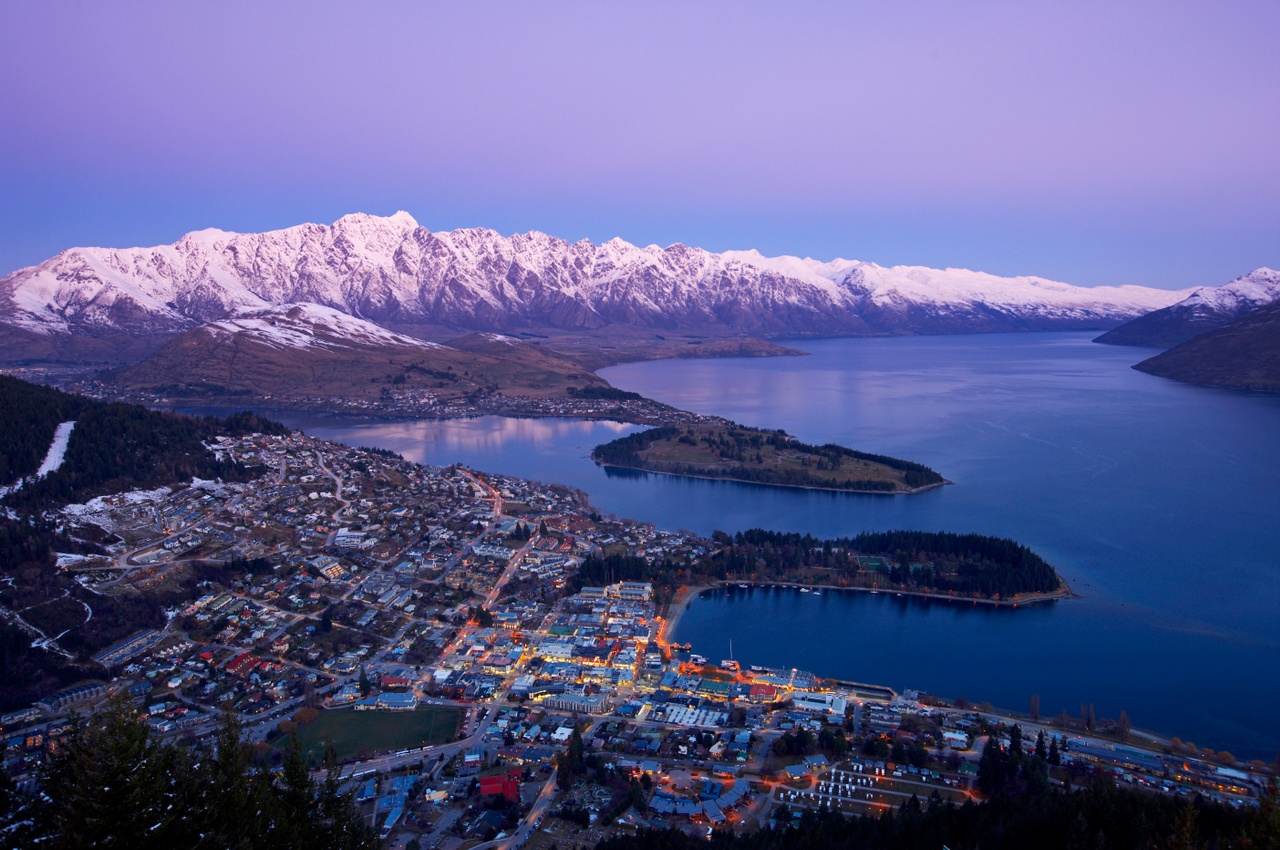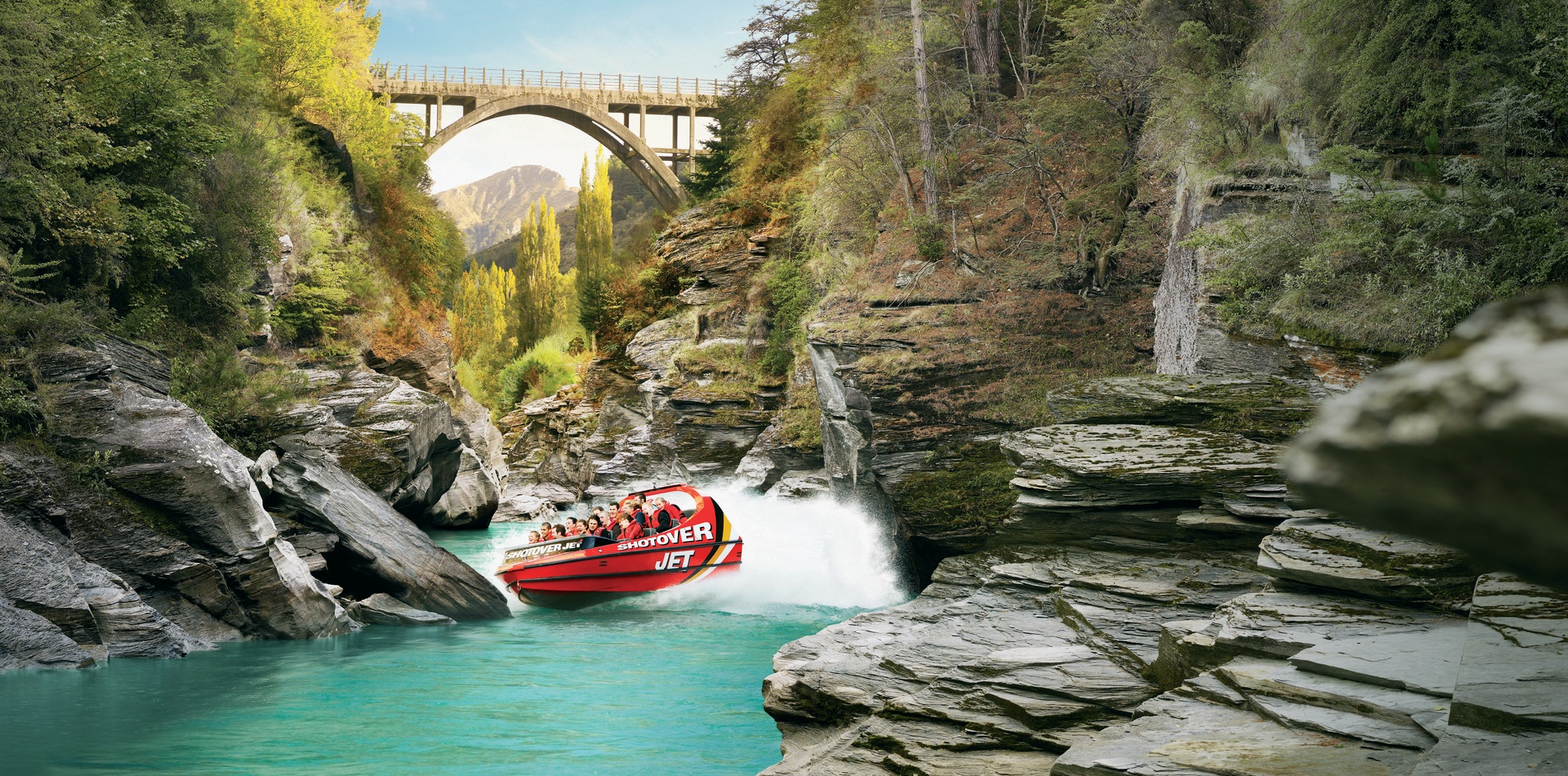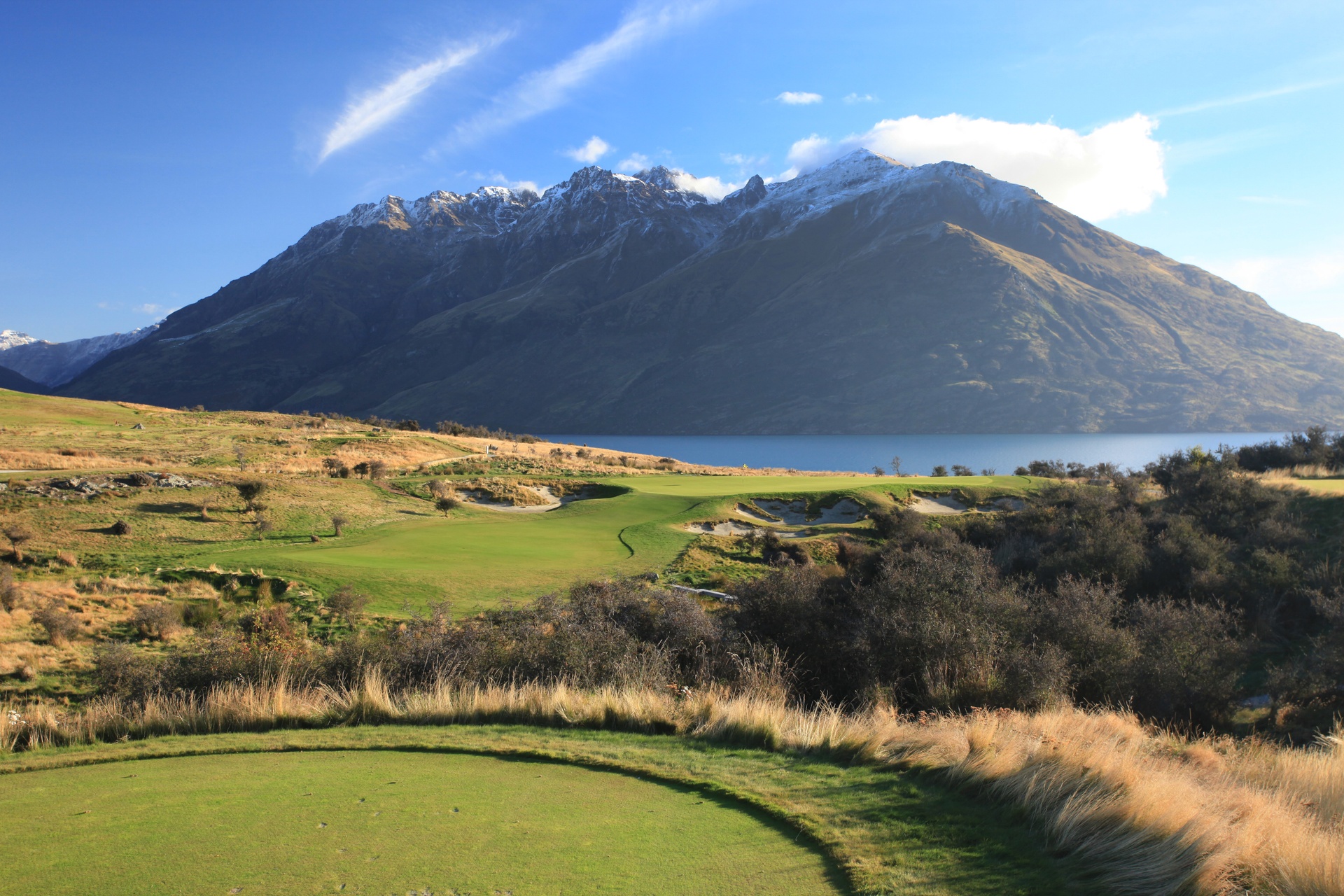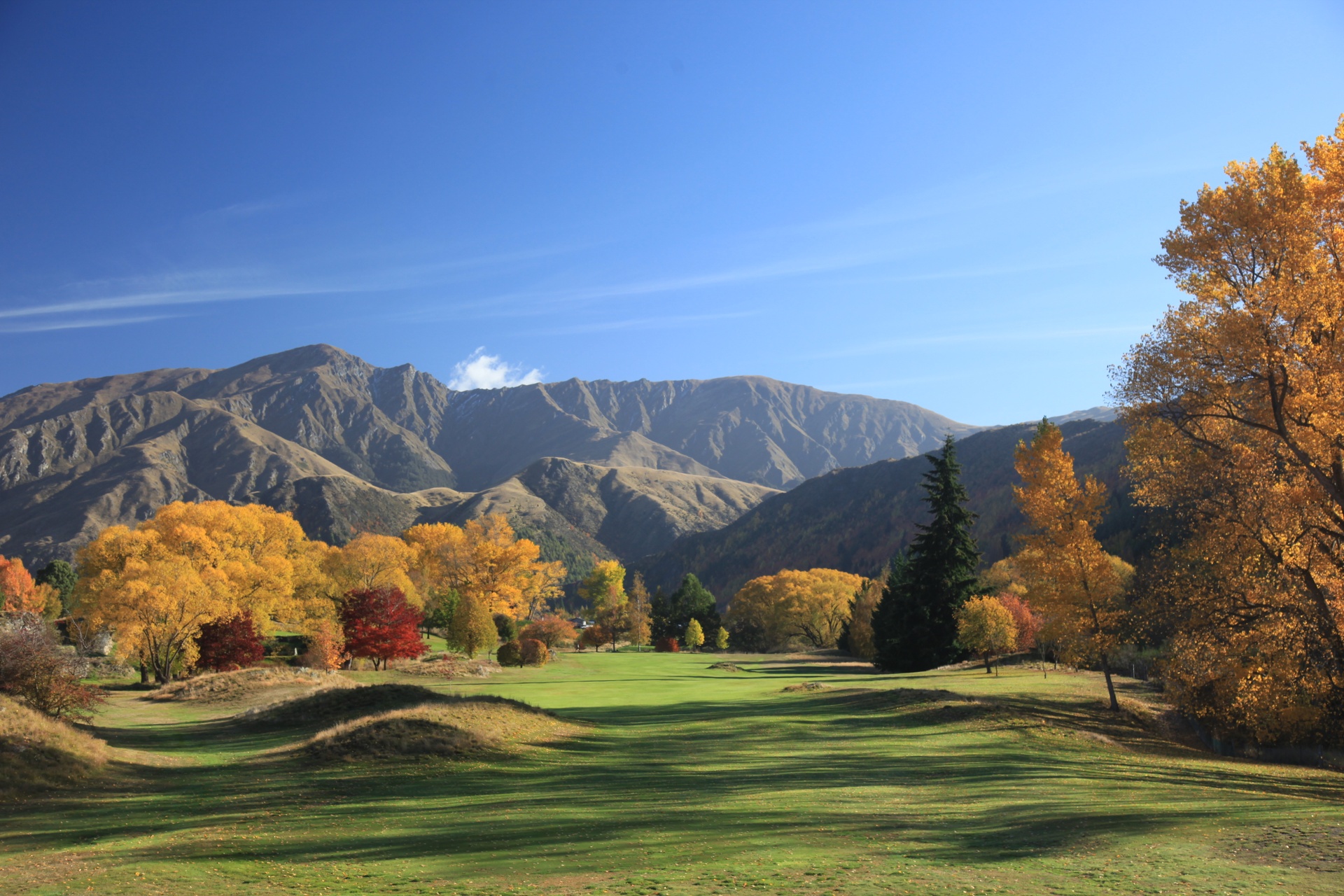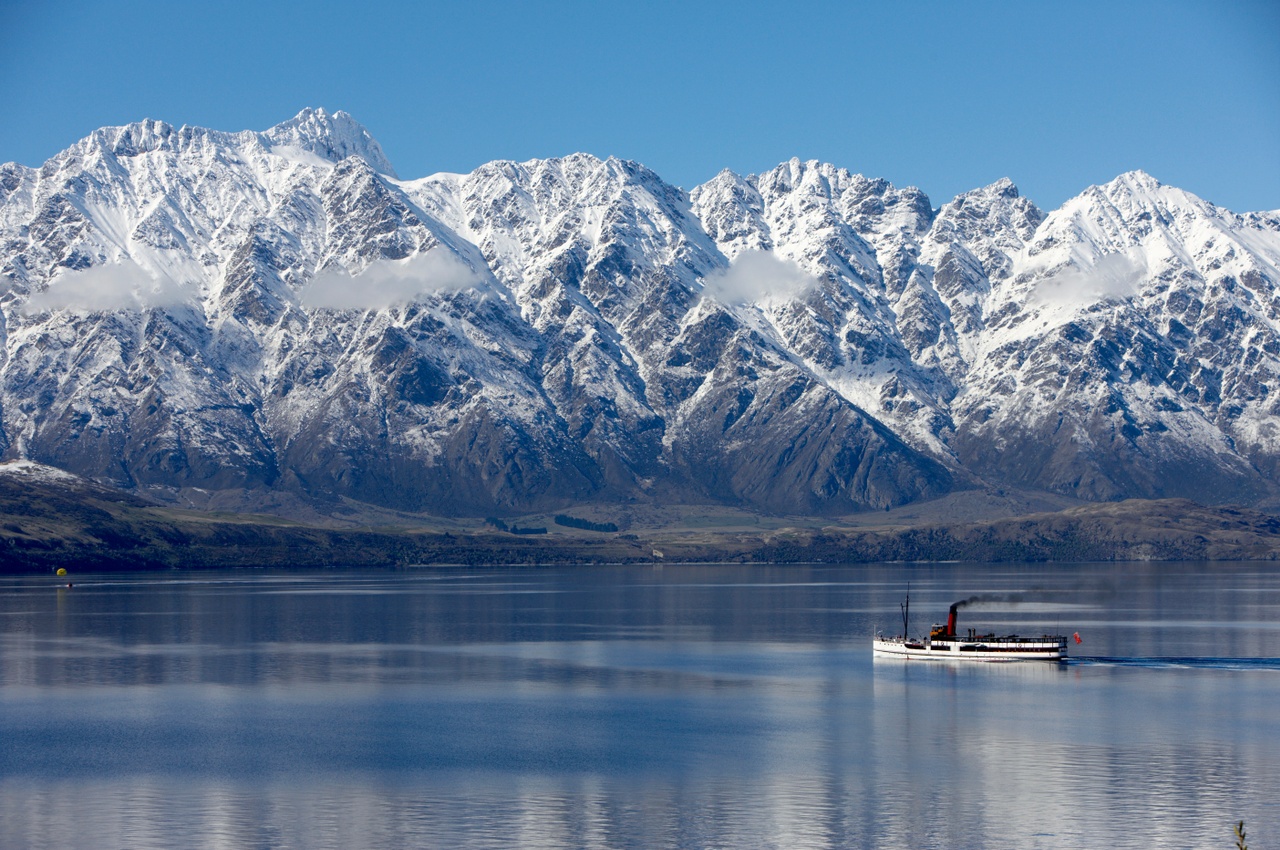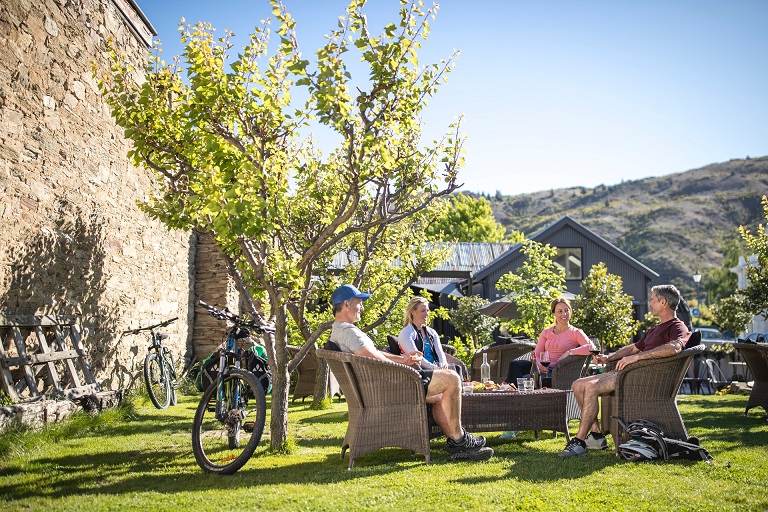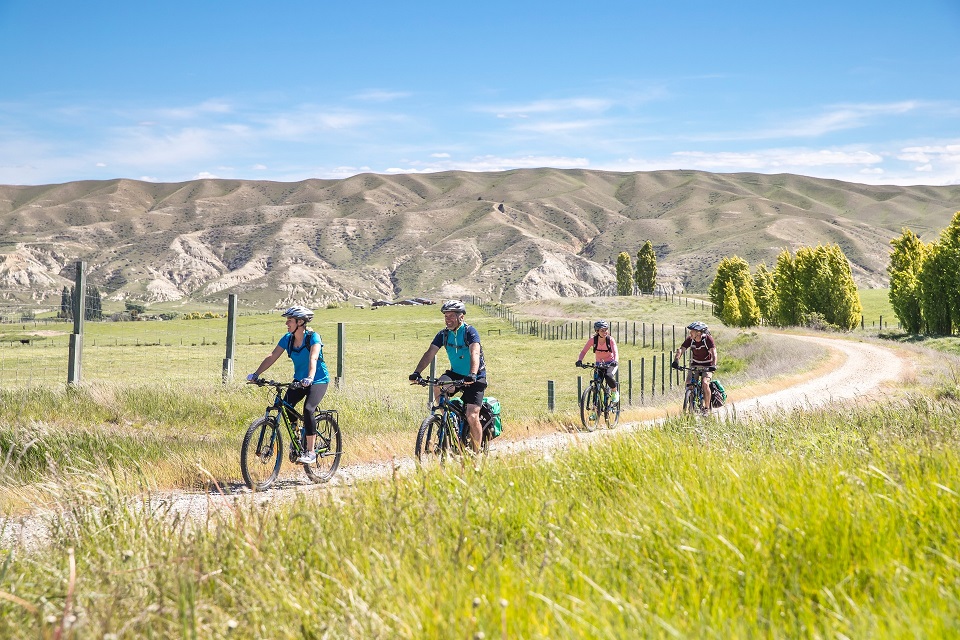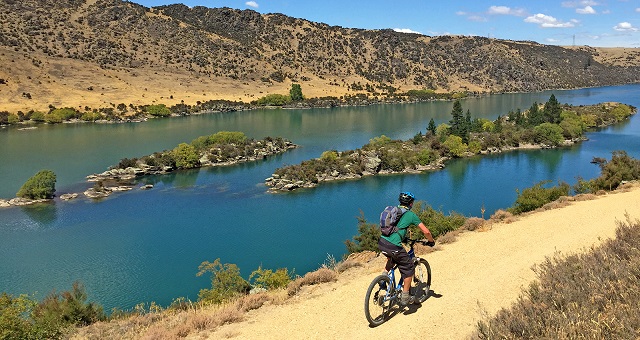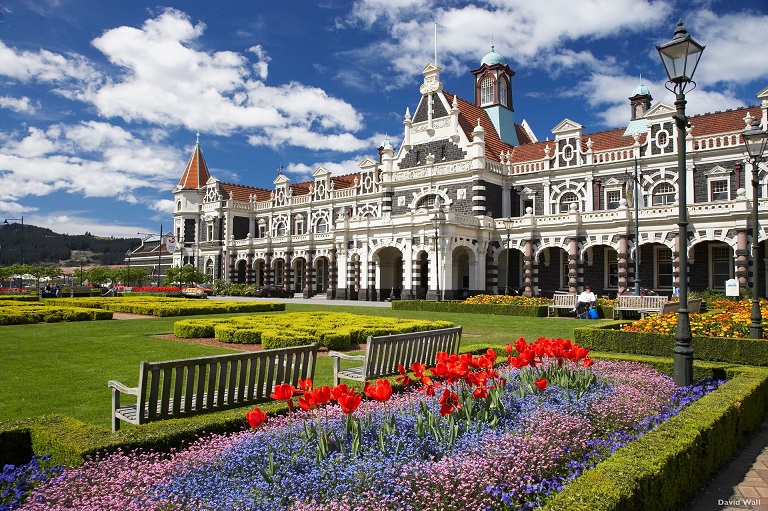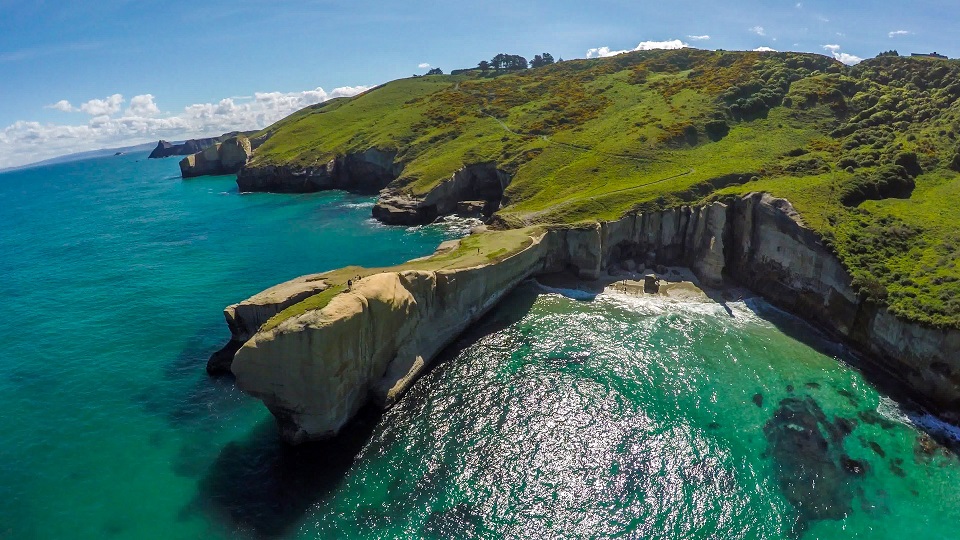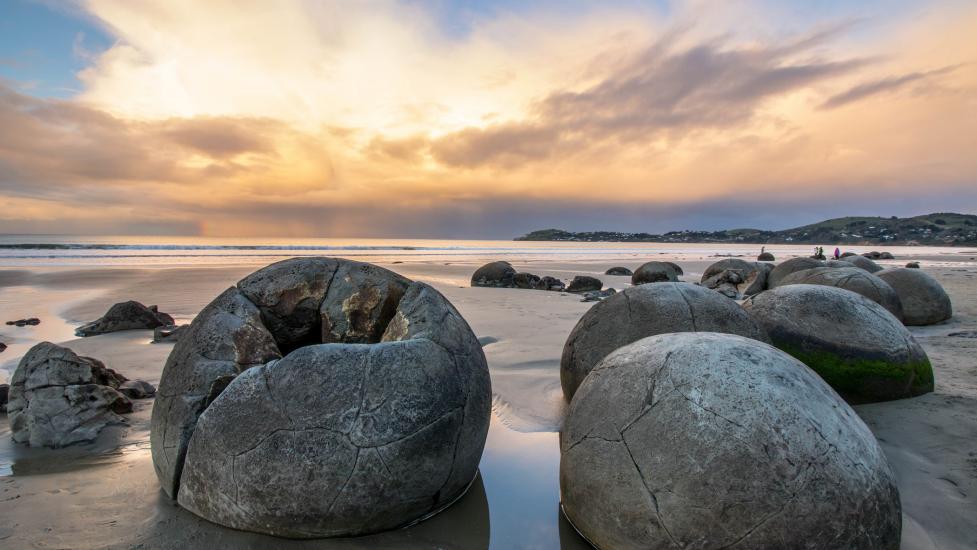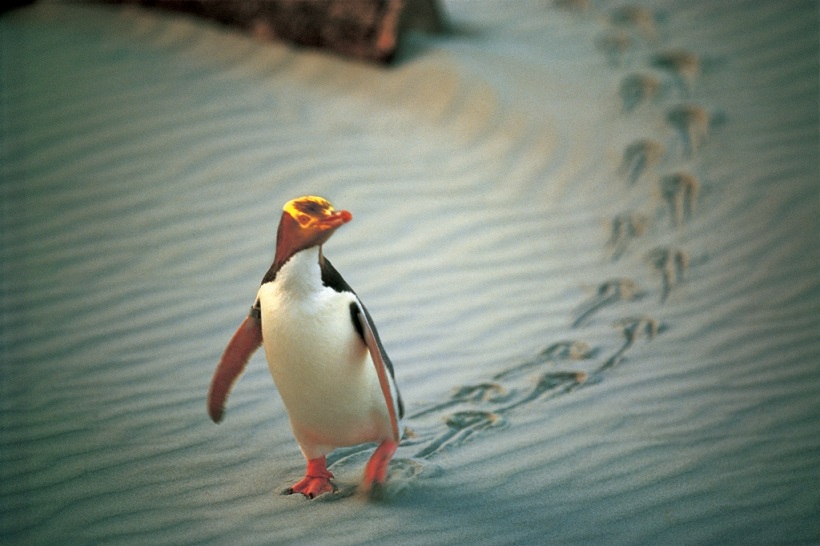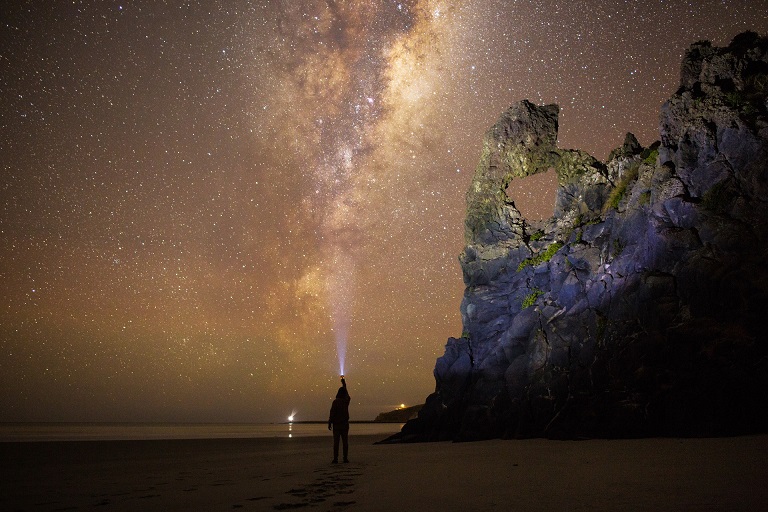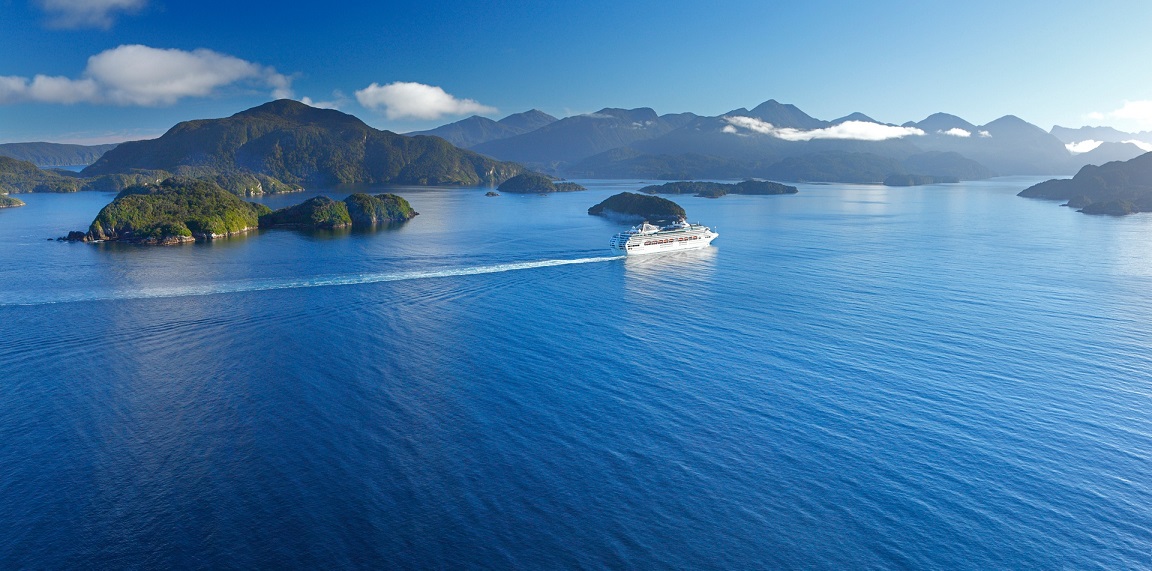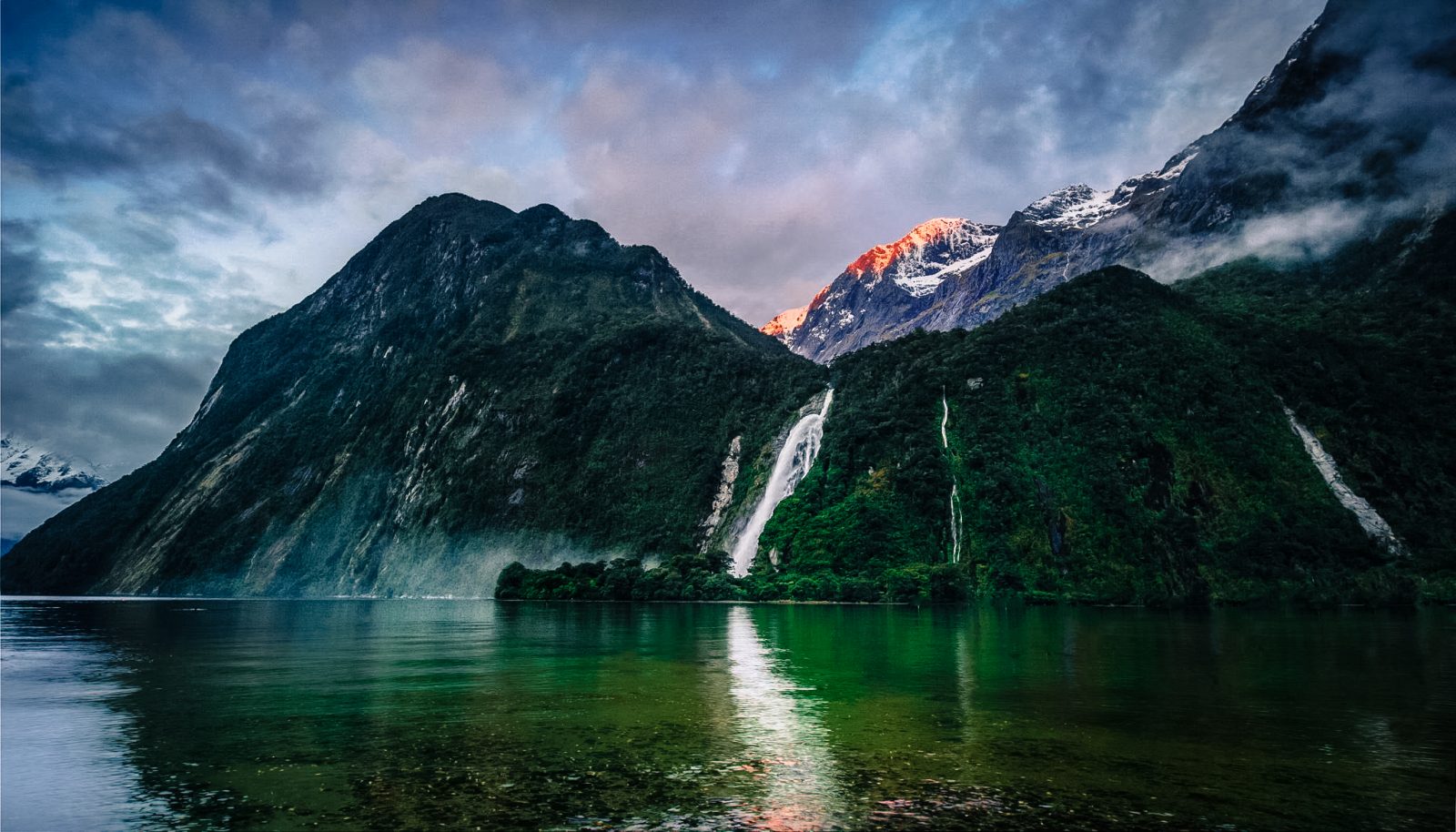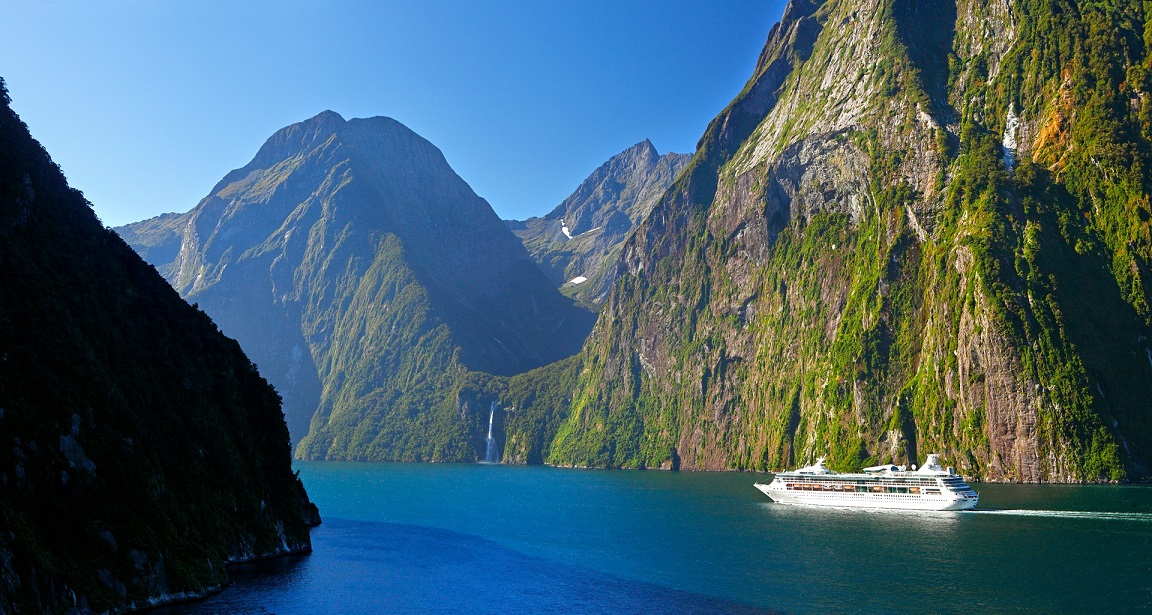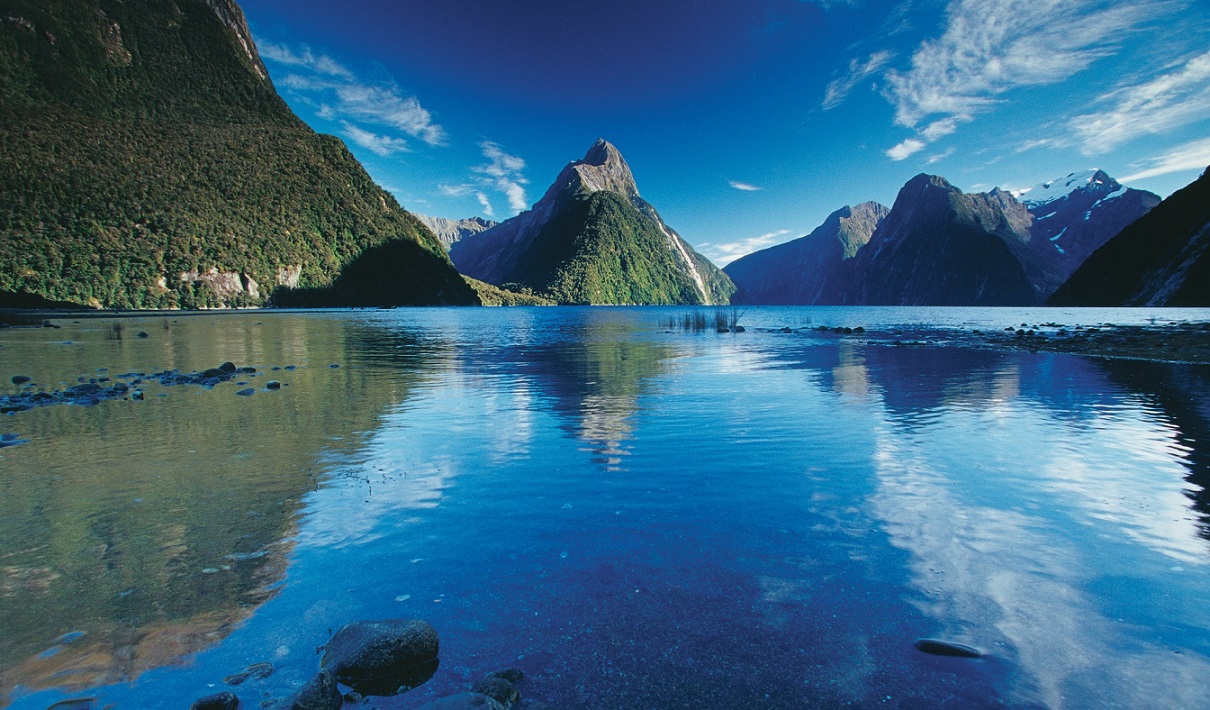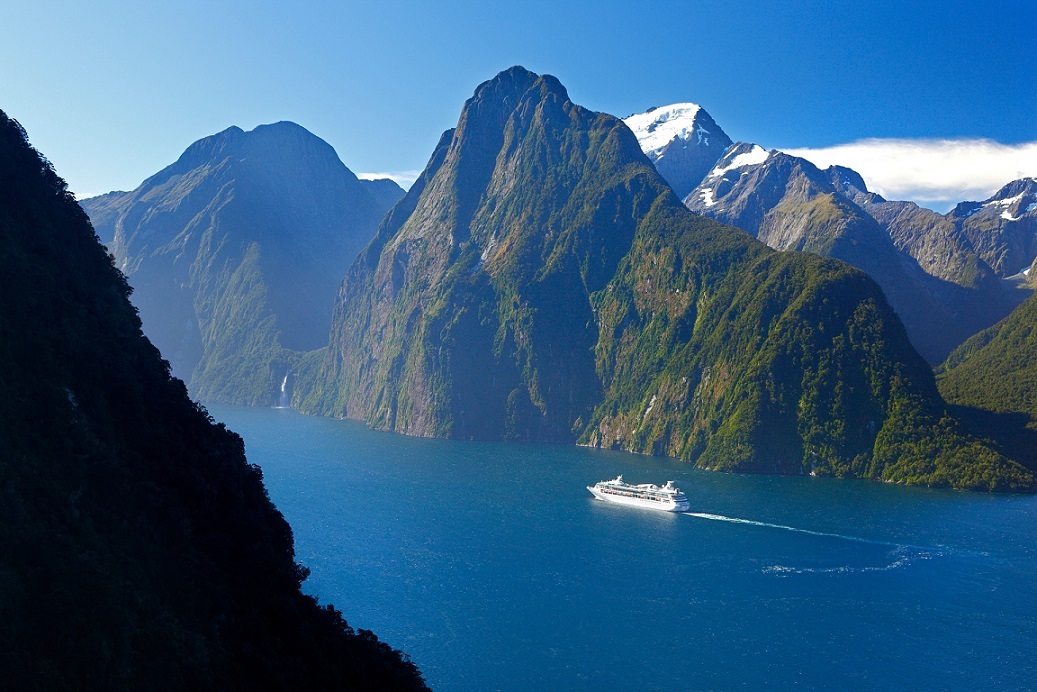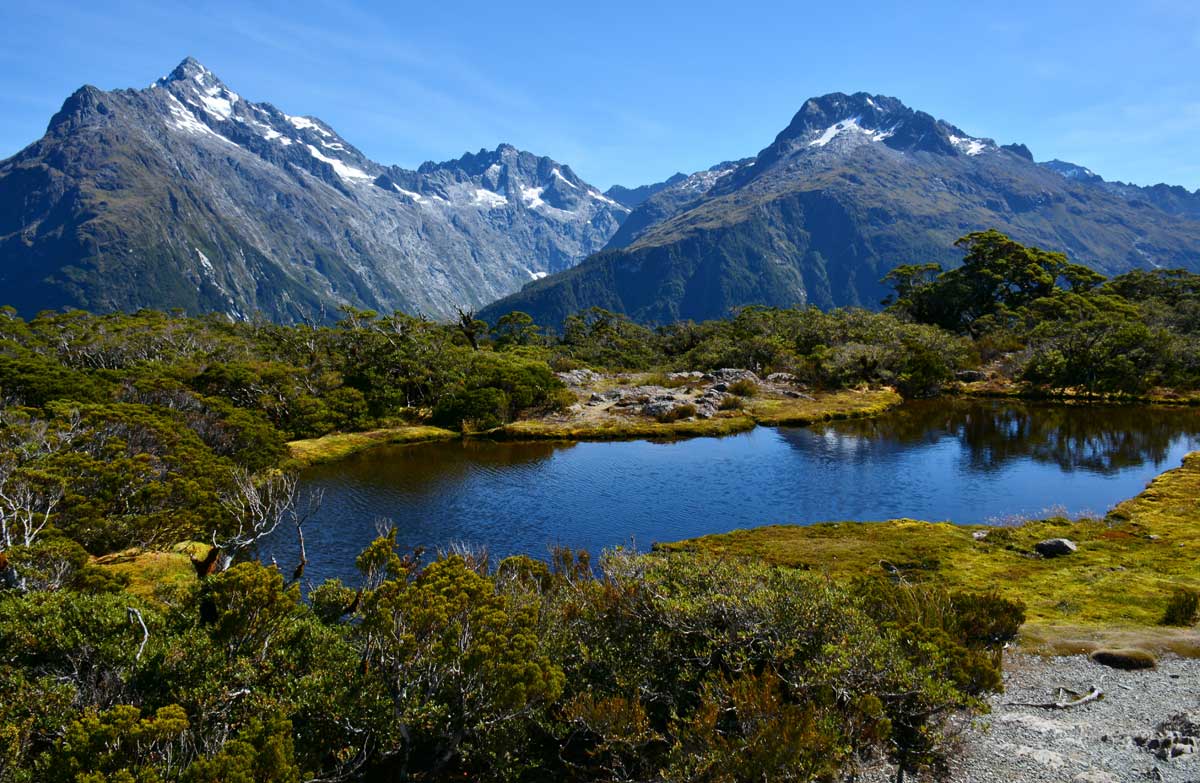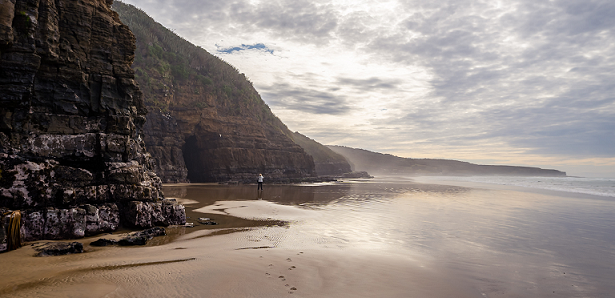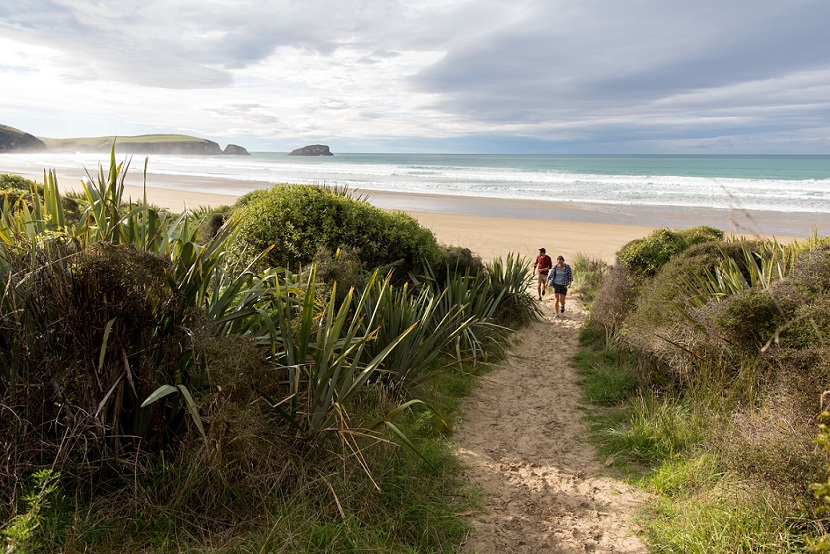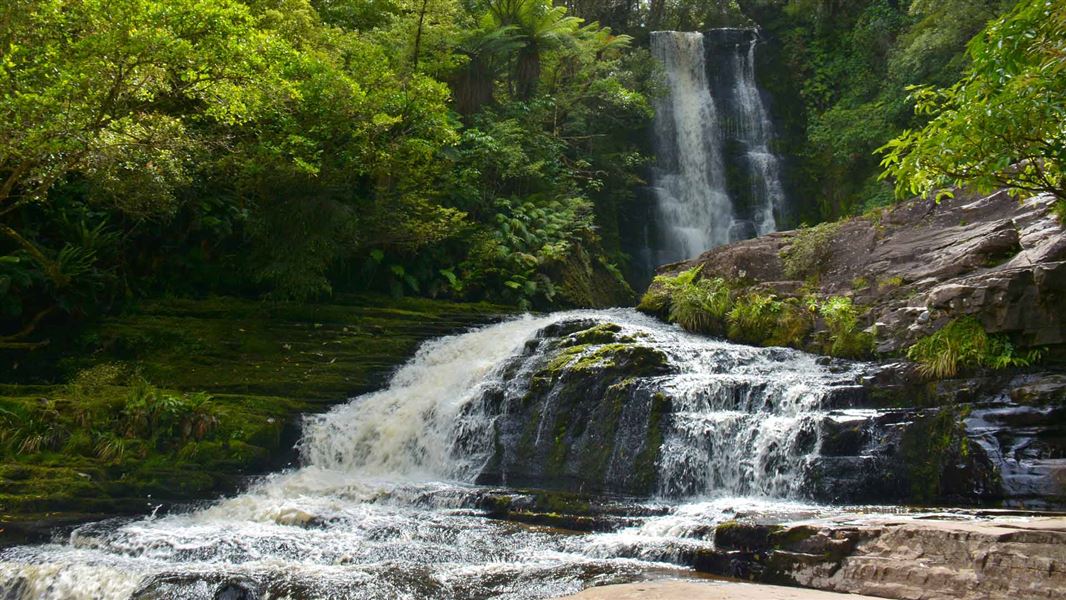Discover - Otago and Southland
WANAKA
Sweeping alpine views, a ski town feel, stunning lakes – that's what you'll find and more in the Wanaka region.
The unspoilt natural beauty of the Wanaka region is an unforgettable experience. Explore breath-taking mountain scenery, spectacular glaciers, lush rainforests, alpine meadows and crystal-clear lakes and rivers. Wanaka itself hums with the vibe of a genuine alpine town. It’s relaxed yet vibrant, with lakeside bars and cafes where you can unwind after a day of adventures in the mountains.
A great day walk is the Roys Peak Track which provides alpine vistas of Lake Wanaka and the Southern Alps. For something a little easier, try the Mount Iron loop track with its panoramic 360 degree views, or a stroll along the Clutha River Outlet Track to photograph the spectacular colours of autumn.
Wanaka has an extensive network of walking and biking trails to suit all abilities. Follow the Lake Wanaka shoreline to picturesque Glendhu Bay; the Hawea River Track connects Wanaka to Lake Hawea; and the Upper Clutha & Newcastle Tracks combine to make a great loop by mountain bike where you can stop at the historic Luggate Hotel for lunch.
The Haast Pass Highway between Wanaka and the West Coast is a spectacular scenic drive through the Southern Alps with numerous scenic viewpoints and short walks to stop at along the way, including Lake Hawea, the Blue Pools, Fantail Falls, Thunder Creek Falls, Roaring Billy and the Gates of Haast.
QUEENSTOWN
Queenstown takes breathtaking scenery to a whole new level.
Surrounded by seemingly endless mountain ranges, the Queenstown town centre is nestled beside Lake Wakatipu. The scenic wonders of this area are well documented but never fail to impress.
Enjoy an iconic Queenstown experience and take the Gondola up Bob's Peak, high above Queenstown to the Skyline complex. From the top enjoy panoramic views of the Southern Alps and across Lake Wakatipu - try your hand at luging or consider paragliding back down to town!
Queenstown is home to a range of adventure activities, from the world's first and most famous bungy jump - the Kawarau Bridge Bungy - to jet boat thrills through the rugged beauty and unspoilt grandeur of the white-water rapids of the Shotover River. There’s skiing from winter right through to spring, and activities such as sky diving, canyon swinging, horse trekking and river rafting all year round.
It is also a renowned cycling destination, providing everything from easy scenic tracks to backcountry trails, road rides to heli-biking and the Southern Hemisphere’s only gondola accessed downhill mountain biking. One of the must-do experiences is the Queenstown Cycle Trail which takes you past spectacular scenery to Arrowtown.
Many day walks leave from the centre of town, some as easy as a stroll along the lakefront and Queenstown Gardens, or as difficult as any backcountry track. Try the 3-hour Queenstown Hill Time walk, which leaves from Belfast Street and offers panoramic views at the top. Also accessible from central Queenstown is the challenging 4+ hour Ben Lomond saddle hike. Start from the Skyline gondola complex with the Tiki Trail, then emerge from the treeline and head for the saddle, with magnificent views of the lake and mountains as well as the summit of Mount Aspiring. If you're fit, consider hiking to the top of Ben Lomond summit for an extra-special panorama. Another nearby walk with stunning lake and mountain views is the Jack's Point Track. Around 4 hours return, you'll hike over undulating grassland and scattered scrub high above Lake Wakatipu.
Seven golf courses, all within a 45 minute drive appeal to every level of golfer - whether it's the lush immaculately groomed greens of a resort course or a simple fairway with rugged mountain peaks as a backdrop.
One of the best ways to see Queenstown’s surrounding landscape is by taking a cruise across Lake Wakatipu aboard the iconic century-old coal fired steamship, the TSS Earnslaw.
Nearby Arrowtown is a highlight of the area with it’s village feel and charming tree lined streets. It sits alongside the gold-bearing Arrow River and there are several tell-tale signs of its gold rush days.
Glenorchy, set against a background of native beech forest and towering mountain ranges, is home to filming locations from The Lord of the Rings, including Isengard, Amon Hen, Lothlorien Forest, The Misty Mountains and Ithilien.
CENTRAL OTAGO
In the 1860s this was a place of gold; you can still pan for it amongst the miners' old trails, stone cottages and relics of mine machinery. But the gold today in Central Otago is wine. Pinot Noir, that most fickle of grape varieties, excels in these southernmost vineyards and most of the wineries offer tours and tastings.
There’s no better climate to enjoy al-fresco dining than in Central Otago, where the food is made from fresh, seasonal ingredients. If the mood takes you, fill a backpack with a selection of gourmet foods, fresh fruit and a bottle of vintage Pinot-Noir and take to the hills for a picnic lunch.
The area is known for its cycle trails. The 150 km Otago Central Rail Trail follows the route of the old railway; cycle from station to station staying in places little touched by modern hustle and bustle. The Roxburgh Gorge Trail and Clutha Gold Trail also offer unique experiences deep in the heart of Central Otago.
DUNEDIN & SURROUNDS
In and around the central city there are plenty of scenic pockets to discover amongst the grand heritage buildings. Stroll through the lush Dunedin Botanic Gardens to the upper Rhododendron Dell which transforms into a floral wonderland each spring and just a short drive further up the hill, you’ll reach the Signal Hill Lookout with panoramic views over the city and ocean beyond.
The Otago Peninsula is a renowned eco-tourism destination where rare wildlife species including penguins, albatross and fur seals have made a home amongst the dramatic cliffs. View the world’s only mainland breeding colony of Northern Royal Albatross with a guided tour at the Royal Albatross Centre, and pair this with a dusk viewing of Little Blue Penguins returning from a day at sea at the adjacent Blue Penguins Pukekura.
With an abundance of beaches within easy reach, it’s not hard to find a secluded stretch of white-sand to relax on. St Clair Beach is closest to the city, but venture a little further up the coast and you’ll be rewarded with the spectacular scenery of Aramoana, Long Beach, Purakanui, Blueskin Bay and Karitane. Tunnel Beach and Walkway, just two kilometres south of the city is the most iconic, with magnificent arches, cliffs and headlands providing an epic view of the coast and beyond.
Scenic walks and cycle trails are woven in and around the city. Tucked away in valleys, along ridge tops and river banks, the serenity is only broken by the sound of native bird song ringing out amongst the trees.
New Zealand's only castle is an important and much loved piece of Dunedin history. Built in 1871 by William Larnach, a merchant and politician born of Scottish parents, Larnach Castle has been carefully restored to its original Victorian grandeur. Also be sure to check out the historic Dunedin Railway Station.
Unique and unspoilt, Clutha is home to stunning beaches and waterfalls. Get a real feel for one of the country’ leading eco destinations by doing the challenging yet rewarding Catlins River-Wisp Loop Walk and seeing Purakaunui Falls and Jack's Blowhole up close. You can native parakeets, delicate orchids, rushing rapids and spectacular views; all amongst the beauty of a lush, native forest. There six spectacular waterfalls to see each with its own character. Purakaunui and McLean are the most famous but Matai, Horseshoe and Koropuku falls are also enchanting.
If you want to experience fascinating wildlife up close, then the Catlins coastline takes some beating. Make sure you visit Nugget Point where penguins, seals, sea lions and dolphins all gather below a panoramic promontory with spectacular views, rugged rock formations and one of the country’s original lighthouses.
You can't visit the Waitaki area without making a stop at the Moeraki Boulders. These huge, spherical boulders weighs several tonnes and are up to 2-metres high; steeped in Maori legend, it is said that the boulders are gourds washed ashore from a voyaging canoe. Contrastingly, scientists say the formations are made out of calcite and were formed 65 million years ago. Whichever story you believe, the boulders are beautiful and mysterious and make for a great photo opportunity. Unique geology can be found throughout the district. Other popular geo-attractions include the Clay Cliffs and Elephant Rocks – which featured in the film Narnia, the Lion, the Witch and the Wardrobe.
FIORDLAND
Fiordland is one of the most dramatic and beautiful parts of New Zealand. Absorb the breathtaking treasures of this region by water, air or hiking.
Carved by glaciers over 100,000 years the landscape is one where waterfalls cascade hundreds of metres into deep black fiords; where ancient rainforest untouched by man clings to mountains and where shimmering lakes and granite peaks look as they did a thousand years ago.
Fiordland National Park is a World Heritage Site and includes Milford, Dusky and Doubtful Sounds. Milford Sound was described by Rudyard Kipling as the Eighth Wonder of the World.
At Milford Sound, breathtaking in any weather, the fiord's cliffs rise vertically from the dark waters, mountain peaks scrape the sky and waterfalls cascade downwards from as high as 1000 metres. When it rains in Milford Sound, and it often does, those waterfalls multiply with magnificent effect.
Boat cruises – during the day or overnight – are an excellent way to experience the Sound. Adventurous types might also like to head out sea kayaking, diving or flightseeing. To learn more about the local marine life, visit the underwater observatory at Harrison Cove and marvel at the black coral, 11-legged sea stars and delicate anemones.
Many people visit the Sound on a day trip from Te Anau or Queenstown. If you're hungry there's a café in the Milford Sound village, or you can enjoy food and drink onboard your boat cruise.
The uniquely beautiful Milford Road winds its way through enchanting rainforest and past spectacular mountain scenery from Te Anau to famous Milford Sound. The first major highlight is the Eglinton Valley, which was once filled with glacier ice. The valley has steep rock sides and a flat, golden tussock floor - it's a surreal place. Further along the road are the Mirror Lakes - on a still day they display a perfect reflection of the Earl Mountains. Then you'll come to the Avenue of the Disappearing Mountain, where an optical illusion causes the approaching mountain to get smaller rather than larger. When you reach Lake Gunn, stretch your legs on the nature walk - an easy 45 minute loop track. If you only have time for one walk on your drive to Milford Sound, and the weather is fine, the half-day Key Summit Track offers spectacular views of Fiordland National Park and is well worth the effort.
The Homer Tunnel signals your descent to Milford Sound. This tunnel, which is hewed from solid granite, took nearly 20 years to complete. From mouth to mouth it measures 1270 metres. Before you reach Milford, get some fresh air on the 20 minute walk that leads to The Chasm - a spectacular waterfall where the Cleddau River has scoured its way through solid rock.
This is a busy, winding road and takes much longer to drive than the distance suggests. If you do decide to drive yourself, you will need to take extra care. During winter, drivers must carry chains and be prepared for delays and road closures.
Sometimes called the 'Sound of Silence' Doubtful Sound is the deepest (421 metres) and second longest (40 kilometres) of the South Island's fiords. The powerful serenity of the fiord, named Doubtful Harbour by Captain James Cook, who didn't sail into the inlet because it looked a bit tight, contrasts with the nearby Milford Sound.
Doubtful Sound has some splendid waterfalls, particularly during the wetter seasons. In the Hall Arm, the Browne Falls cascades 619 metres; Helena Falls at Deep Cove tumbles 220 metres. Wildlife is another reason to visit this fiord - keep an eye out for bottlenose dolphins, fur seals and penguins.
Tours to Doubtful Sound depart from Manapouri and involve a very scenic bus trip across Wilmot Pass. When you reach the fiord, you can explore in a sea kayak or cruise with one of the cruise operators.
This region is also home to some impressive lakes including Lake Te Anau, Lake Manapouri and the Mavora Lakes. Be sure to check out the Glowworm Caves at Lake Te Anau.
SOUTHLAND
Southland’s largest centre is Invercargill. If you’re a garden lover you must see Queens Park and its 80 hectares of tree-lined walkways and diverse gardens.
There are a number of impressive coastal spots in Southland - Cathedral Caves near Waipati Beach and Waituna Lagoon and Wetland to name a few. The majestic McLean Falls are a must see too – over 20 metres high, the water plummets into the deep gorge below.
The Catlins Coastal Heritage Trail provides something a little different with a series of walks and places of interest linked by easy drives. Begin your journey at Niagara Falls, a very short waterfall and continue on to Porpoise Bay, the home of the rare Hector’s dolphin. The end destination is Slope Point, the most southerly point of the South Island.
Visit Bluff, one of the oldest European settlements in New Zealand, and experience the world’s best seafood. Bluff is particularly famous for its Oysters that are slowly grown in the pristine waters of the Foveaux Strait.

